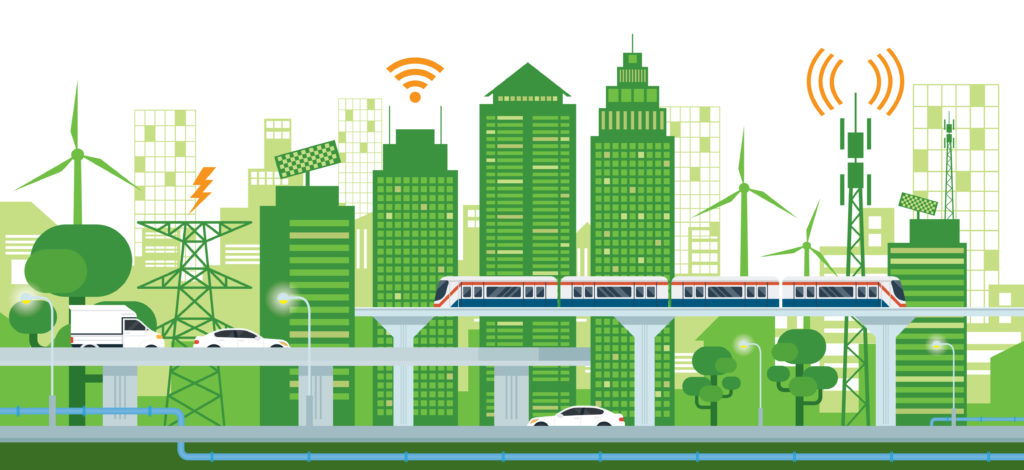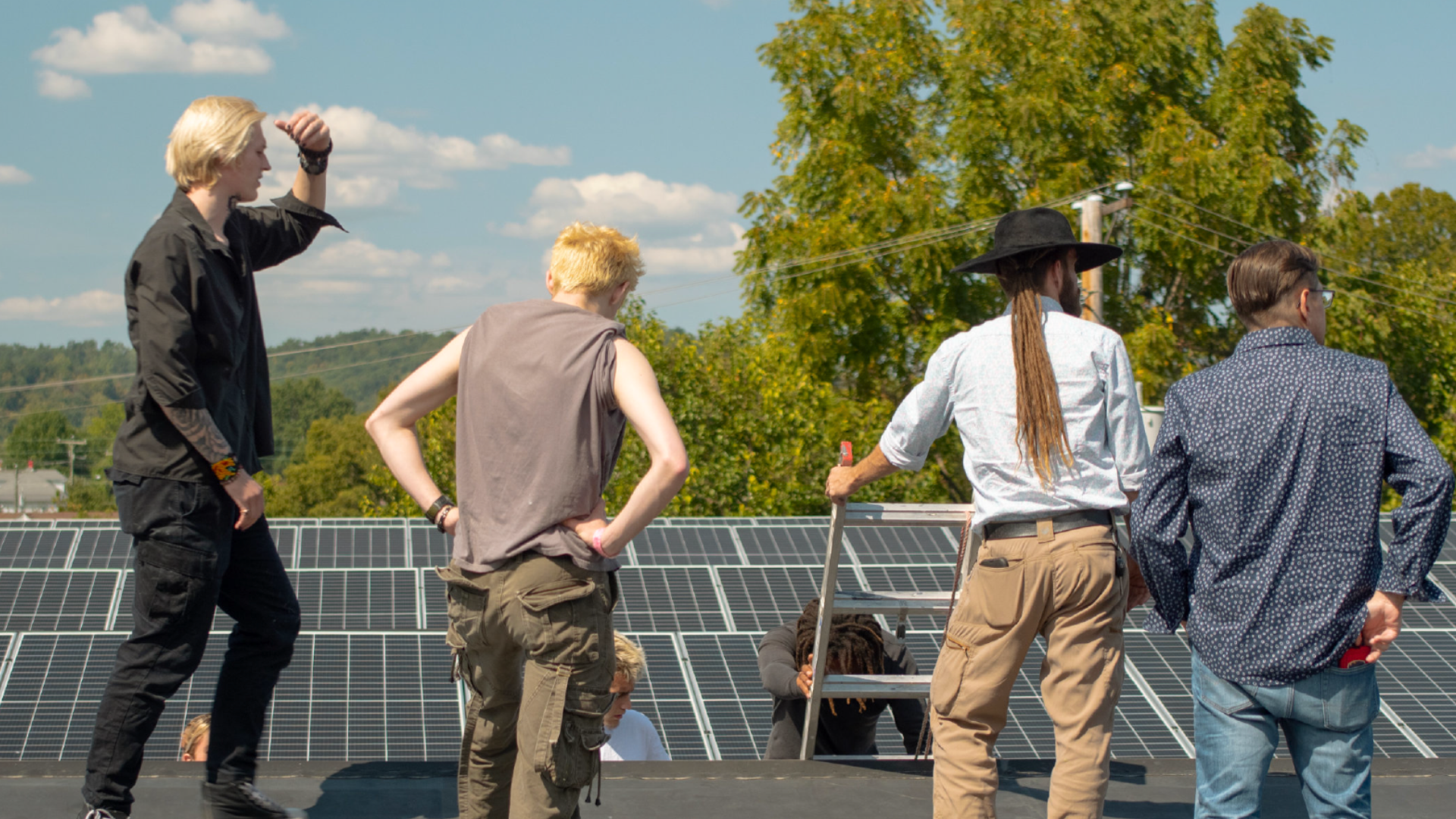Today marks 50 years since the first Earth Day observance. In 1970, Denis Hayes—a then-25-year-old graduate student at Harvard Kennedy School—co-organized the event, a day designed to raise awareness of the threats to the environment.The mission remains the same today: diversify, educate, and activate the environmental movement worldwide.
In recent years, green job growth has been robust, increasing more than 10 percent since 2015 to 3.4 million jobs by the end of 2019, according to Clean Jobs America 2020 report from E2, a nonpartisan group of business leaders advocating for policies they believe will help both the economy and the environment. “For perspective, that’s more people than worked as schoolteachers or farmers or real estate brokers in our country,” according to the report.
For now, that growth has been hard-hit due to COVID-19. An analysis of Department of Labor data found that more than 100,000 clean energy workers filed for unemployment benefits last month, according to the E2 report. The affected workers include those who work in energy efficiency, renewable energy, clean vehicles, grid and storage, and clean fuels.
What is a Green Job?

The definition of a green job is bigger than many people envision. “A useful definition for me is that a ‘green’ job is one whose objective is to create an environmental benefit of some kind,” explains Paula DiPerna, Special Advisor to CDP and founder of the Jobs and Environment Initiative.
“When you look at it that way, you realize that everything we buy, we design, we use, we invent, we dispose of, we eat, all of these things have to be reconsidered in light of environmental imperatives.”
Despite the devastating number of job losses, industry professionals are hopeful about clean energy as a source of growth. A joint statement was issued by the Energy Futures Initiative (EFI) and the National Association of State Energy Officials (NASEO).
NASEO Executive Director David Terry says, “We believe that recovery investments with the greatest potential economic development impact for America’s future will be those that prioritize equitable and sustainable energy solutions. Energy and climate investments and the nation’s 8.3 million energy jobs are a key part of the COVID-19 recovery solution.”
Adds David Foster, Distinguished Associate, EFI and Lead Author of the 2020 U.S. Energy & Employment Report (USEER), “For the last five years the energy sector has created jobs 50 percent faster than the rest of the economy. Once we’ve defeated COVID-19, let’s put Americans back to work by modernizing our energy systems.”
A Lifeline Back
“Getting America back to work—and in ways that create a stronger, cleaner economy in the future—requires bold ideas, big initiatives and commonsense policies at both the state and federal levels,” according to the E2 report. It states that clean energy infrastructure jobs are important means to fixing the country’s power grid, building a national electric vehicle charging network, and creating a nationwide program to install energy upgrades and electrification.
Previous projections have indicated a million jobs will be generated in the clean energy sector by 2030.

For those looking to enter the industry, students can earn a business sustainability degree or focus on environmental science with a sustainability minor. A master’s or doctorate degree offer an opportunity to do research, internships, and leadership training—possibly leading to more lucrative careers.
However, traditional post-secondary education is not the only way to get a foot in the door. While some green jobs require an advanced degree, others only require an associate’s degree. Training is offered by community organizations, government programs, community colleges, and four-year universities.
As clean energy employees age and leave the workforce, there is opportunity to attract and employ workers from all backgrounds.There is much less racial diversity in the clean energy workforce compared to all occupations nationally. Less than 15 percent of the workforce is African-American and the number of Asian-American workers is under five percent. The number of women working in this energy sector is also underrepresented. At present, fewer than 20 percent of workers are female.
COVID-19: Economic and Planetary Health

Looking into the future, the E2 report states, “Clean energy is uniquely capable of leading America’s recovery post-COVID-19.”
“Not only has the sector proven capable of delivering results during a time of economic recession, it has the room needed to quickly expand and absorb hundreds of thousands of new job seekers, Americans who need employment in order for the economy to fully recover.”
DiPerna sees the clean energy sector as a lifeline to the recovery. She says, “Any job, any work that produces an environmental benefit is probably on a growth curve because all of the natural resources that we are dependent upon, if they’re not actually finite, they’re very limited—and that requires more and more efficiency.”
She adds, “Clearly my personal view is that protecting the environmental health of this planet is a blueprint to re-industrialize the country in a green manner.”











